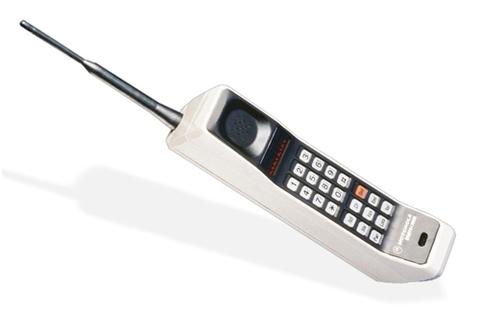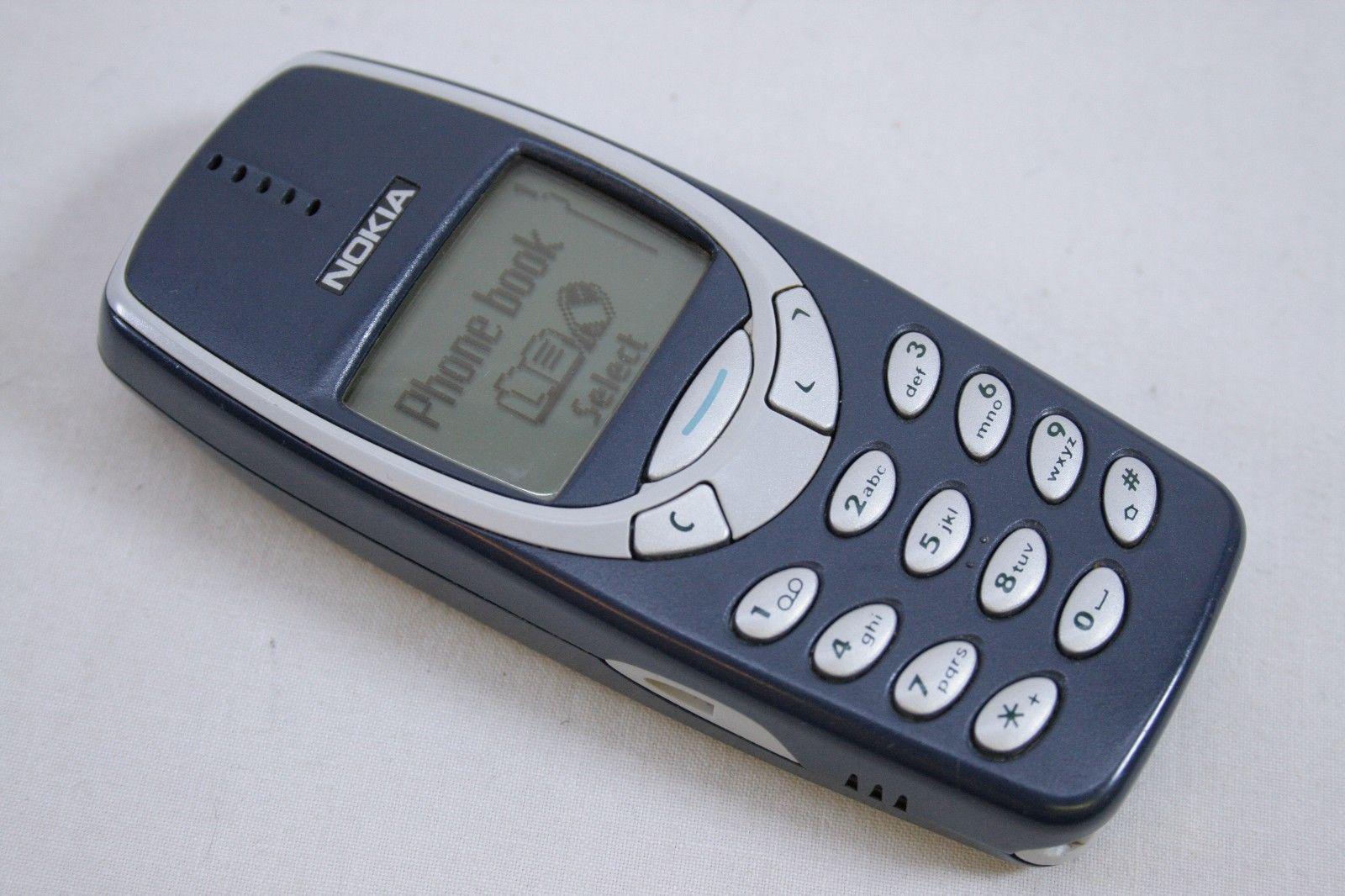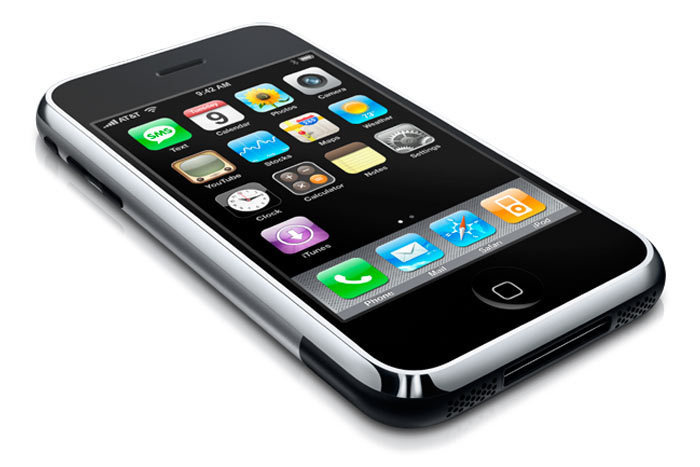About five years ago, I wrote that AT&T was doing its first tests of 5G. Or, what they thought would be 5G. The technology was kind of hazy back then. AT&T’s early tests led to the adoption of new technologies. That’s a good thing. Flash forward five years and 5G is here for everyone who wants it. That means it’s time to look back a little bit on 5G and how we got here.
G how things have changed
When 1G came out, no one called it 1G. In fact it wasn’t even really the first “G.” The first mobile phones were radios. I mean, all broadcasting is radio, but the original mobile phones required you to contact an operator who would place the call for you. There was no direct dialing. It really was just a radio that went to a mobile operator.

The first direct dial phones were called AMPS (Advanced Mobile Phone Service) back in their day. These were the first cellular phones, the first devices you could travel with and the system would know how to reach you. You might remember them as “brick” phones or “Zack Morris” phones.
AMPS only took you so far. It was an analog service which meant call quality wasn’t very good and the network got clogged easily.

The race up the “G” scale
The next generation of phones were called digital cell phones back in their day. We refer to them as 2G. These were the first phones with digital broadcasting and they worked great. Low broadcast power, great battery life, and you could fling them out of a moving truck and they’d still work. You couldn’t do anything with them but make calls but they did work.

By the late 2000s we wanted data with our phones. We wanted email. We wanted touch-sensitive surfaces. The original iPhone did these things, but it did them with the old digital cell network. What it needed was 3G, which it got by 2008.
3G was the first technology we referred to as “G.” It was an offshoot of one of the original digital cell phone technologies and by the standards of the day it was pretty amazing. Of course today it’s literally old news.

3G’s reign didn’t last very long. This phone, the clumsily-named Samsung Galaxy S LTE, brought the next generation of speed in 2011. LTE literally stands for Long Term Evolution, and it was designed to evolve 3G into a new technology that would change voice and data forever. Here in the US we referred to new phones as LTE because the “4G” name had been applied to an advanced form of 3G and marketers needed something else to call it.
And now here we are with 5G

5G is the biggest jump in technology ever. It may not seem like it, I understand. Unless you’re served by a millimeter-wave tower, you probably won’t get better speeds than you do with LTE. But 5G is a completely new set of technologies that let voice and data exist together. It’s designed from the ground up to feel faster and more responsive. It’s also much better with resource use from beginning to end. 5G towers will be able to handle more calls then LTE ones when it’s all fully implemented. The phones will have better power management and there will be less congestion. Speeds will go up too, although it’s hard to imagine people genuinely needing more than the 100Mbps they can get from today’s phones. Of course, I’ve made statements like that before and they never age well.
When will we see 6G?
If history is any indication, we’ll probably see early tests of 6G about 2026, with full implementation in 2030-2032. By then 5G will be totally old news and everything else will have been discontinued. 1G, 2G, and some 3G networks have already disappeared. The rest of the 3G system will probably be taken offline by ’25 and it’s likely that LTE will follow around the time that 6G rolls out.
But that’s an article for another Throwback Thursday. See you then.





